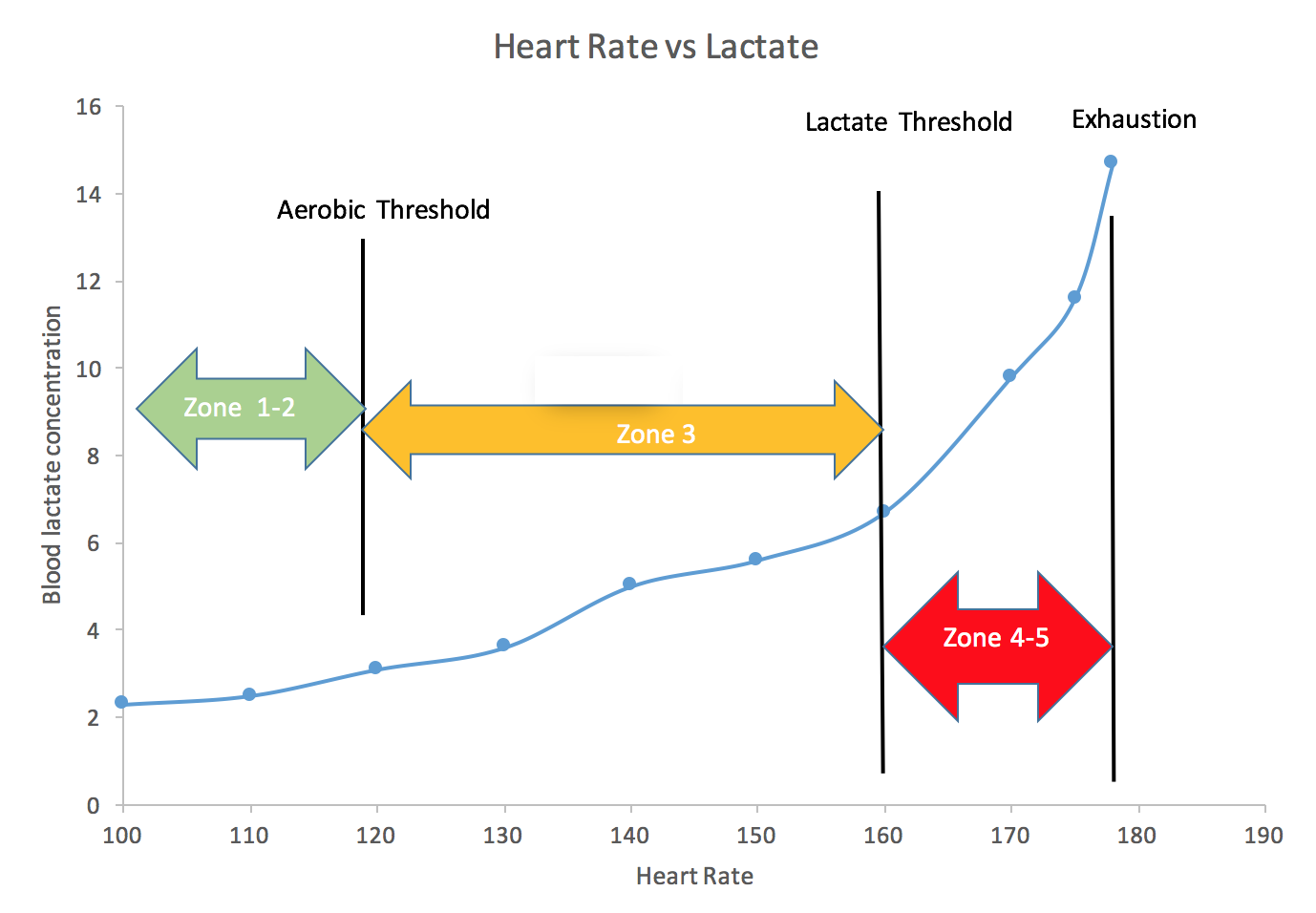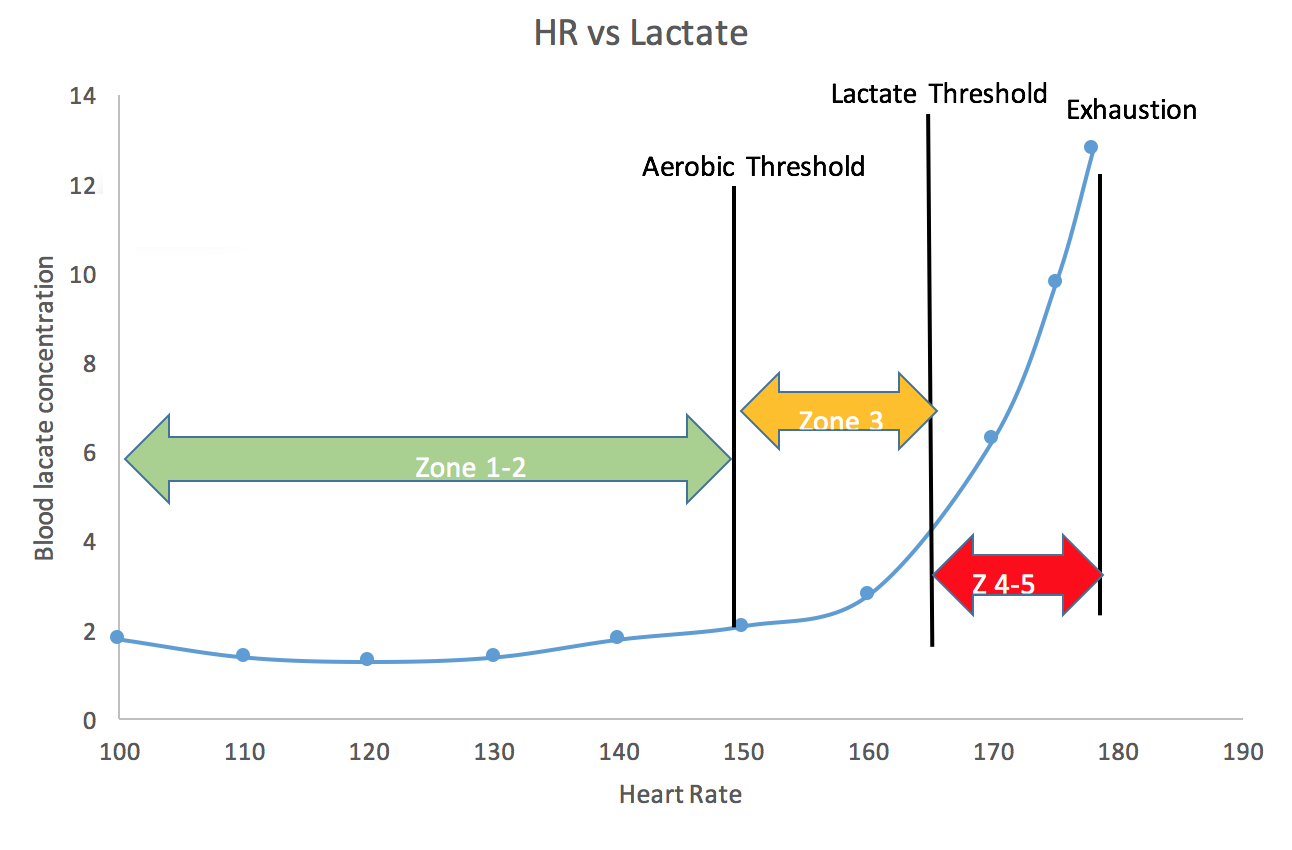Training Science Series #10 - How to Choose Which Zones to Train in Regularly?
This is an article series designed to help further educate my Performance Coaching clients, but also anyone interested in learning how to train more successfully. If you are interested in getting fitter -- irrespective of whether you are a novice or regular athlete -- then please read through this series and learn more about the endurance training process. I also hope to welcome you onboard as your performance coach one day if you need mentoring to reach the summit of your athletic potential!
Understand the Process to Commit 100% to the Process
Part Two - The Utilization Problem
Part Three - Overtraining Syndrome (OTS)
Part Four- Advice for Beginner Runners
Part Five - Aerobic vs Anaerobic Fitness
Part Six - The Aerobic Base - Capacity Training 101
Part Seven - The New Science of Fat Adaptation
Part Eight - Introduction to Threshold Training
Part Nine - A Brief Introduction to Heart-Rate Zone Training
Part Ten - How to Choose Which Zones to Train in Regularly
Part Eleven - Peaking: When to Enter a High Intensity Training Phase
Part Twelve - Keeping the Ego in Check and Sticking to a Long-Term Plan
What zones to regularly train in is often dependent on the conditioning of the athlete and whether the athlete is considered aerobically deficient or not. This is also the secret sauce of coaching and is completely dependent on the athlete, their level of fitness, their short-term and long-term goals, and how they are responding to training.
MAFS and Aerobic Deficiency Syndrome (ADS)
Aerobic Deficiency Syndrome (ADS) is a theory developed by Dr. Phil Maffetone to describe people who do too much training in Zone 3 and above (utilization training) and to help them become successful athletes. Maffetone developed a widely popular training methodology called the MAFS method, an acronym which stands for developing Maximum Aerobic Function, which incorporates overall health optimisation into the fitness equation. He developed this training system on the principle of “do no harm”, due to people overtraining, training too fast, getting injured, and to optimise overall health. Sound familiar? These are the same principles I coach from at Couch to the Summit.
Athletes with ADS often have fine-tuned anaerobic capacities from years of working out at high intensities. They can feel fit, fast, and strong, but their aerobic bases are woefully underdeveloped, and in some extreme cases, virtually non-existent. Beginner athletes are also aerobically deficient. ADS is completely reversible and is correctable with months upon months of high volume low-intensity capacity training. Many athletes will not be prepared to suffer this blow to the ego and slow down, but if they do, they can eventually go much faster.
Maffetone’s approach is to calculate your aerobic threshold heart-rate from his 180-rule, and to perform the bulk of your training at the HR derived from this rule. While generic in application, this rule has helped many people to get aerobically fit and successfully addresses the problem of limiting utilization training that lead to injuries and fatigue in beginner runners. This is a crucial reason for the MAFS method gaining in popularity and success. His 180-rule acts like a set of training wheels that don’t come off until you have learned how to ride the bike properly. Many runners like to think they are “special” and can train at higher intensities more successfully than everyone else. The 180 rule and the MAF test are designed to be artificially inflexible to keep this ego-driven foolhardiness in check.
I find the MAFS formula errs on the side of being too conservative and I’ve read that Uphill Athlete also agree on this.1 While helpful to the majority (ordinary low-level athletes), the MAFS method’s generic application isn’t accurate enough for optimal endurance performance and doesn’t factor in changes in fitness, and thus a changing aerobic threshold heart-rate over time. There can also be a great deal of variation in heart-rate between individuals meaning one person might be training too far below their real AT and another might be regularly training above it (without even knowing it). Obviously, optimal results are not going to come from being too imprecise. While Maffetone does add in tolerances for fitness levels and other factors, there are more accurate measurements we can use to determine an athletes AT.
Uphill Athlete promote what I deem to be a superior approach building upon the principles of aerobic deficiency proposed by Maffetone, while taking into account the continued changes in an athlete’s fitness.2 Because of constant adaptations to the demands of training, both the aerobic threshold and lactate threshold will move up and down. It is best to test them regularly through the training calendar and in a rested condition, and adjust heart-rate training zones as you develop your aerobic capacity.ADS results in the creation of a wide margin between the AT and your LT and is only cured when this margin narrows to less than 10%. When an athlete has more than 10 percent between the two thresholds, the athlete has a very wide Zone 3 range, with a very low, low end. This means many aerobically deficient athletes end up doing all their training in zone 3 (even at low speeds with varied paces), which is why some need to slow right down, even walk, to start increasing their aerobic threshold capacity. Training in zone 3 does not elevate the AT because of increased glycogen sugar fuelling. It is not uncommon to see spreads of around 30-40% in aerobically deficient athletes.2

Figure 10 - Aerobically Deficient Athlete3
The solution to reducing the width of the zone 3 range is to increase the width of the zone 1-2 range by exclusively training at and below AT heart rate. This requires patience and a high level of stubbornness to ensure all workouts, including time on the climbs, remains beneath the AT heart rate so those metabolic adaptations can take place.
Depending on genetics, athletic background and the volume of training you do, you will begin to run faster at the same heart rate as your aerobic threshold gradually increases. For people who only do high-intensity training, their aerobic capacities will be so undertrained and underdeveloped their AT may be so low, that it sits at their walking pace. These athletes have a mindset that pushing hard and holding it there is the only way to train and anything less isn’t real training. When athletes are told their aerobic base is shockingly bad and they need to slow down to even something as slow as walking pace – when they’re so used to smashing themselves at maximum effort – the first thought that will come rushing to their mind is how could this ridiculously slow training possibly be doing anything beneficial? They will likely complain the training is too easy and convincing them to be patient is the biggest problem for someone like me as a performance coach.
These athletes will benefit the most from a training program specifically aimed at developing their aerobic base, encouraging fat adaptation to raise the AT, and performing almost all training in Zone 1 and 2 below the aerobic threshold until the AT rises to within 10% of the LT. Through a consistent approach to Zone 1 and Zone 2 training, an athlete will eventually progress to what is shown in Figure 11, the Aerobically Efficient Athlete.

Figure 11 - Aerobically Efficient Athlete3
An aerobically efficient athlete will now be able to sustain a pace for several hours that he/she would previously have struggled to maintain for a single hour in the past. Because a HR of 140bpm used to be in Zone 3, it is now beneath the AT and is fuelled only by fat. Thus, the athlete will now be able to run at this faster pace without needing to regularly fuel like they once did.
When an athlete has less than 10% between the two thresholds, Zone 3 becomes much narrower and they are now in the perfect position to maximally benefit from higher-intensity work. What this means is that your basic aerobic training pace becomes closer and closer to your race pace, so easy base training begins to have more of a race-specific training effect. This improves overall mechanical economy because you also start to spend more time training right near your race pace speed. When you were forced to slow down during capacity training, much to your frustration, now all the hard work has paid off and you start to earn the fruits of your labour.
Next Article -> Part Eleven - Peaking: When to Enter a High Intensity Training Phase
1 Training for the Uphill Athlete. 2019. Scott Johnston, Steve House, Kilian Jornet.
2 https://www.uphillathlete.com/aerobic-anaerobic-threshold-self-assessment/
3 https://www.uphillathlete.com/blood-lactate-test-protocol-tips-and-tricks/